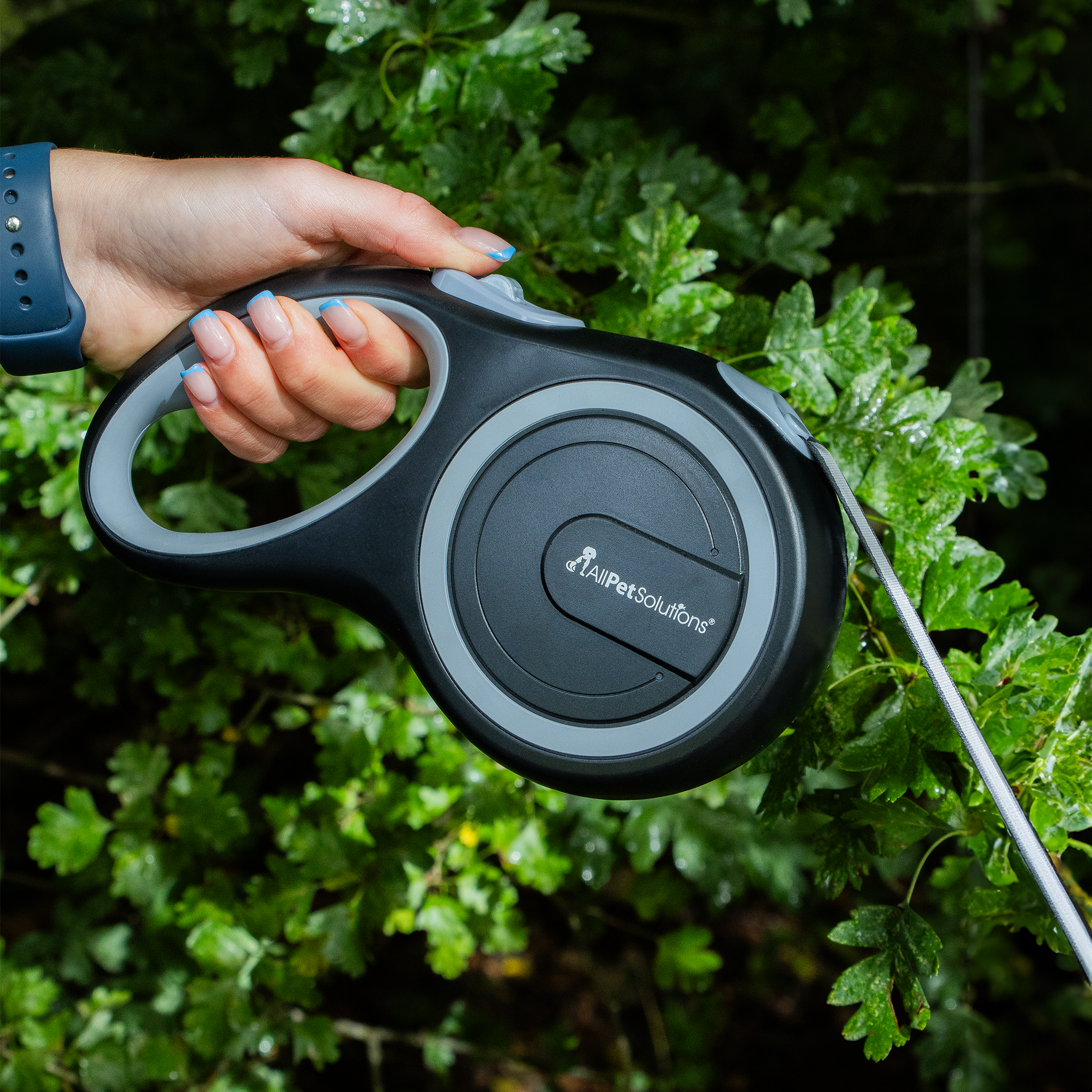Maintaining a Healthy Coat on Your Cat
One of the things we love most about our cats is their soft, snuggly fur, and cuddling up on the sofa for a soothing stroke. However, some cats struggle with tangles, matting, and knots - and others tend to bring home half of the garden with them!
Your cat’s fur is more than just a soft surface - it is essential to their health and wellbeing:
- Fur provides sensory feedback for your cat just like their whiskers - things like knowing the size and shape of a surface (think about how easily they move around in the dark!).
- A cat's coat protects it from rain, wind, and maintains stable body temperature in both the winter and the summer.
- Cat fur produces vital nutrients such as Vitamin D, in much the same way as we absorb sunlight through our skin.
Reasons for a Dull Feline Coat
There are multiple reasons why your kitty's fur isn't looking quite as glossy as usual; it might be merely a case of too much rolling in the dust, or there could be another issue at hand!
-
Excessive bath times
Much like our own hair, it can be tempting to wash and conditions a cat's coat if it is looking a little dull - which in itself might be the problem! Too many washing strips out all of those essential oils and can leave your cat with dry, brittle and lacklustre fur.
-
Weight issues
Carrying excessive weight can be serious to a cat's health, and impact every aspect of their lives. Overweight cats struggle to clean and maintain their coat as meticulously as they would like to, resulting in a tangled and dirty coat.
-
Nutrition
A healthy diet is essential to a healthy coat, and cat's that aren't getting all of their vital nutrients will not have enough vitamins to support a fresh shiny coat.
This can also affect kitties with underlying digestive or allergy issues, and switching to an allergen-free cat food can make a rapid difference.
-
Age
As cat's grow, their habits and dietary requirements also change, and sometimes, older cats lack the mobility to clean themselves thoroughly.
Taking care of cat grooming and nutrition is vital to maintain a shiny, healthy coat that is perfectly strokable.
Tips for How to Groom a Cat
The first thing to consider is what sort of fur your cat has - long, beautiful hair will require a different cat grooming brush from shorter coats. Kitties with thick, dense fluff will almost certainly need a dematting rake to help shed their old undercoat as the summer approaches!
A Double Sided Brush is an all-round solution, with pins to gently tease out knots, and a soft side to smooth that newly clean fur.
If your cat suffers from excessive shedding or moulting, a Pet Moulting Comb is essential in your cat grooming tools.
Do I Need to Use Cat Shampoo?
Using a cat shampoo from time to time, such as Johnson's Kitten Shampoo, is also a great way of restoring shine to your feline's coat, and helps remove build-ups of dust, dirt and shedding that can cause discomfort when left untreated.
For those kittens that dread the bath, or for when you are keen to avoid shampooing too often, you can also use other cat grooming products such as Pet Head's Blueberry Muffin Shampoo, which is waterless and works just like a dry cat shampoo.
Should I Cut my Cat's Claws?
Although often overlooked in cat grooming, investing in cat nail clippers is essential, particularly for less active or older kitties that don't smooth down their claws with climbing and scratching.
Untended claws can overgrow, which curl in and grow into the paw pad, which is a very painful problem! Make sure to check out the user guide when using cat nail clippers for the first time, and trim carefully to avoid removing more than the excess nail.
The most important aspect of cat grooming is to enjoy it - cat's love attention and a gentle grooming session is the perfect way to relax and bond!

